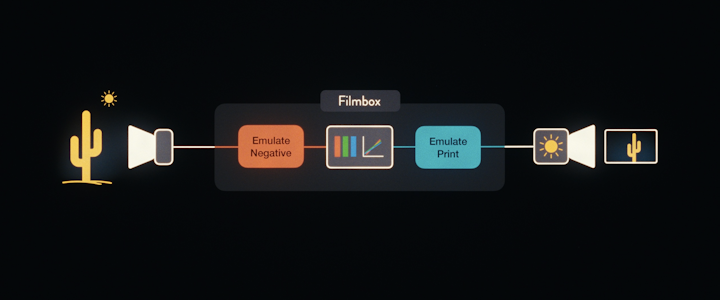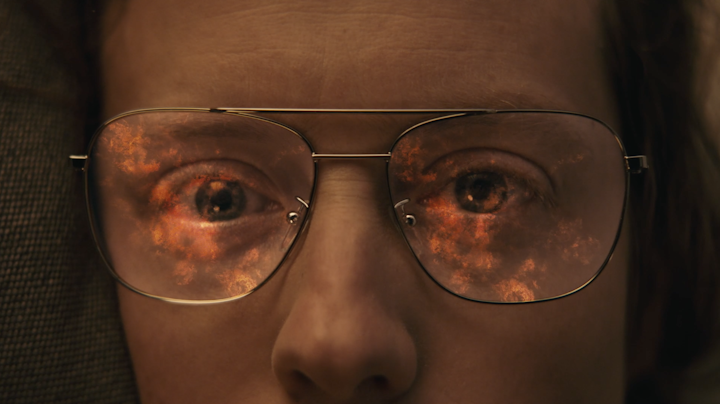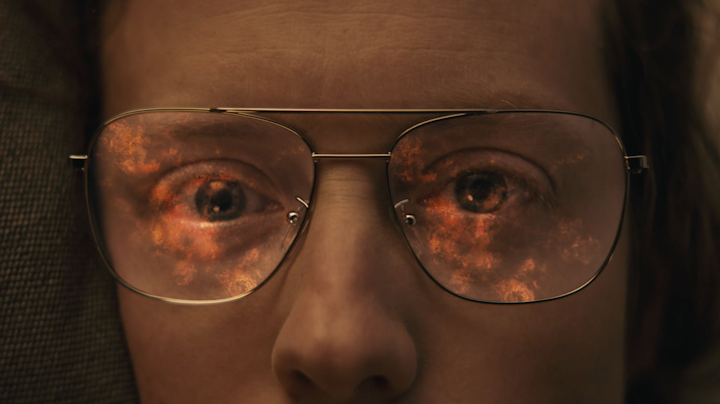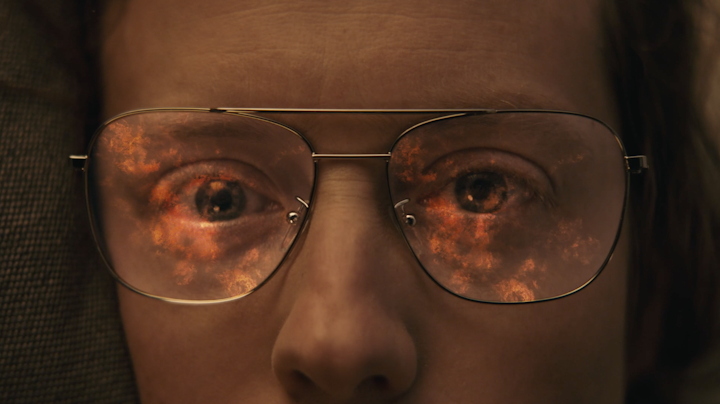The Art of Color Grading: Why It’s Essential in Visual Storytelling
Color grading is more than just visual enhancement — it's a storytelling tool. At Colorado Media, we view grading as an essential part of postproduction that shapes emotion, consistency, and creative impact. Whether for film, video, photography, or branded content, understanding the role of color grading transforms how we create and consume visual media.
1. Setting Mood and Atmosphere
Color influences emotion. A cool blue palette can evoke loneliness or tension, while warm tones suggest comfort or happiness. Through grading, we:
- Guide audience emotion through tone
- Reinforce genre and narrative intent
- Match mood to scene dynamics
Color grading allows creators to paint with feeling — not just light.
2. Creating Visual Consistency
Raw footage rarely looks consistent, especially across different locations, lighting setups, and camera types. Grading:
- Matches contrast and tone across scenes
- Harmonizes mixed lighting conditions
- Preserves visual continuity for storytelling
The result: a unified aesthetic that holds the viewer’s attention.
3. Directing Focus to What Matters
Grading helps subtly direct the viewer's eye to key subjects:
- Brightening or contrasting focal points
- Muting distracting backgrounds
- Enhancing skin tones or product detail
This is especially powerful in narrative film, music videos, and branded content, where visual hierarchy matters.
4. Correcting Footage, Enhancing Results
Grading is also corrective:
- Fixing overexposure or crushed shadows
- Balancing white tones and skin tones
- Adjusting mismatched cameras or lenses
Even imperfect footage can become polished and professional with expert grading.
5. Unlocking Creativity and Artistry
Color grading is where technical meets emotional:
- Each grade is a visual signature
- LUTs and looks define unique aesthetics
- Grading allows experimental storytelling
From film emulation to surreal color treatments, the grading suite is a creative playground.
6. Reinforcing Brand Identity
In advertising, grading supports brand recognition:
- Defined color palettes signal trust and cohesion
- Repeated visual language builds familiarity
- Consistent looks across platforms unify the message
A good grade doesn’t just look good — it speaks for the brand.
Conclusion
Color grading transforms raw footage into crafted stories. It enhances mood, unifies visuals, corrects technical flaws, and empowers artistic choices. At Colorado Media, we treat grading as both technical craft and creative expression — a process that elevates every frame into something memorable.
Whether you’re a filmmaker, producer, or content creator, understanding the power of color grading helps you tell richer, more emotionally resonant stories.





